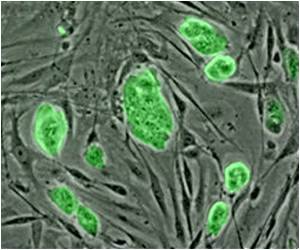Highlights
- Severity of spinal cord injury can cause distinct damage to the heart
- Extent of secondary nerve damage caused by spinal cord injury can be reduced to improve heart function after the injury
- Individuals with spinal cord injury can be at a higher risk of heart diseases than other people without injury
This exacerbation of the primary injury is termed the "secondary injury," and is driven by complex cellular processes that eventually result in the ’size’ of the injury enlarging and therefore damaging more nerve fibers.
These findings imply that if more nerve fibers can be preserved following spinal cord injury (for example by reducing the extent of the secondary injury), then there could be improvements in how the heart functions.
This is important as individuals with spinal cord injury are at a much higher risk for heart disease than people without spinal cord injury.
The research was carried out by comparing two different severities of spinal cord injury in a clinically-relevant rodent model. This rodent model was used because it allowed the researchers to carefully control the amount of damage to the spinal cord during the injury and definitively assess heart function as well as examine how the cells in the heart change.
Reference
- Jordan W. Squair, Jie Liu, Wolfram Tetzlaff, Andrei V. Krassioukov, Christopher R. West.Spinal cord injury induced cardiomyocyte atrophy and impaired cardiac function are severity dependent, Experimental physiology (2017).DOI: 10.1113/EP086549 View/save citation















